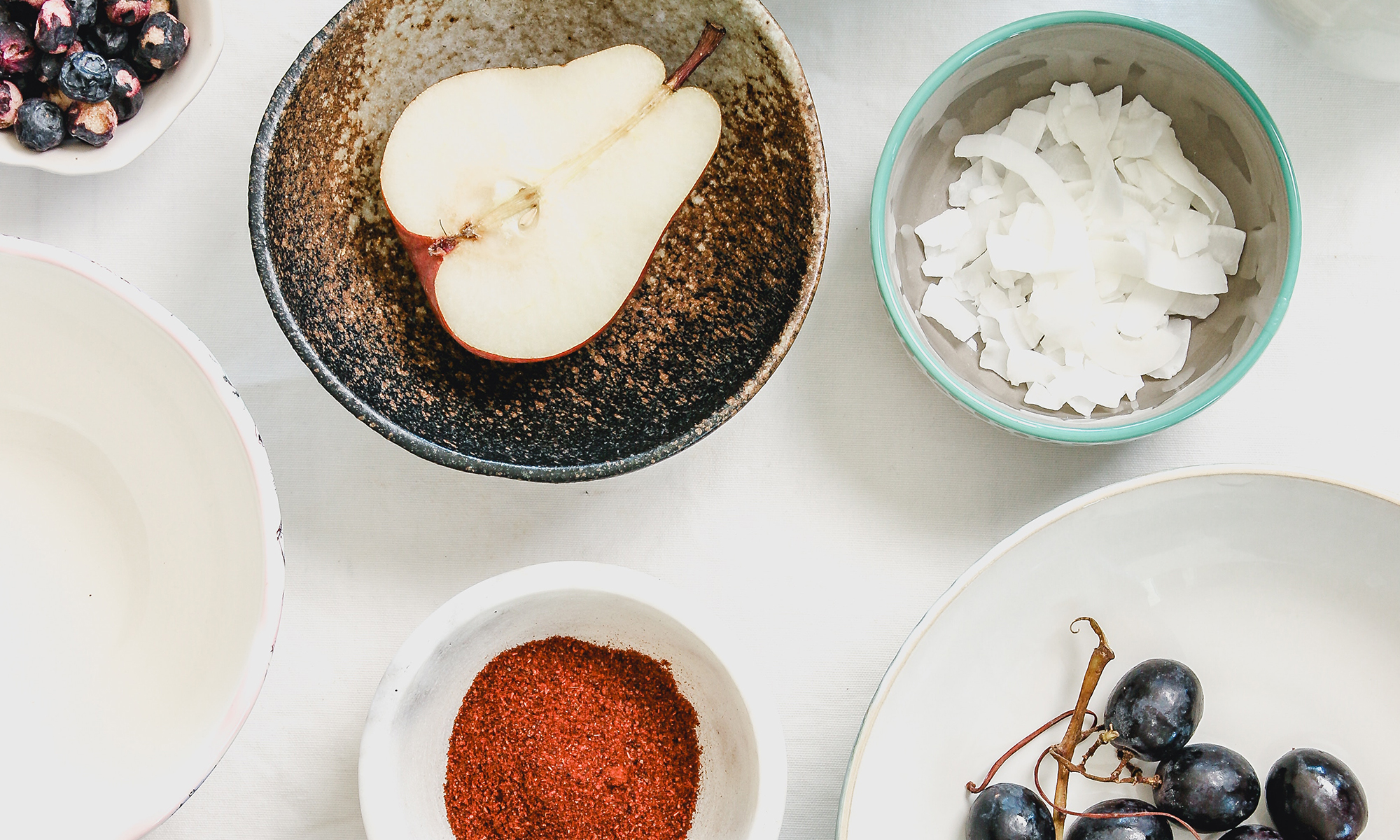Last week’s article in the Boston Globe reminded me that I need to begin my spring and summer garden plans. It’s hard to believe with temperatures hovering around 30F that spring will ever come, but I remain optimistic. In fact, I can start seeds indoors on March 15th so that when the ground begins to thaw in April, I’m ready!
I’m fortunate to have a decent sized backyard (especially for Cambridge). But you don’t need a large backyard to reap benefits from fresh herbs and vegetables. Whether you have a balcony or even a window sill, options abound. Your specific needs and constraints will dictate what you plant. Here are some things to consider.
Limited space
When I lived in an apartment in the Back Bay neighborhood of Boston, I grew herbs in a window box outside the kitchen and cherry tomatoes on the fire escape. The yield was just enough to enliven much of my summer-time cooking. In one box, I fit four herbs: my favorites: basil, thyme, tarragon and chives.
Bang for your buck
If you have limited financial resources (and who doesn't these days), you want to get the most out of your gardening dollars. Many components go into this. First on my list is avoiding waste. Second, is getting high yields for low square footage, and finally the cost of the seeds vs. seedlings.
Too often, herbs at the supermarket are packaged in quantities greater than what I need. Further, if I have a recipe that calls for 2-3 varieties, I can spend $10 on herbs alone, and half will end up in the compost bin. For $10, I can buy seedlings of 4 or 5 varieties. And as I cook with herbs throughout the summer, I just snip off what I need, and the plant keeps growing. Better yet, some herbs, like sage, tarragon and thyme, are perennial. I bought two plants each several years ago, and the herbs just keep coming back year after year with no financial reinvestment.
Celery is another example of the package size being larger than my need. I buy two or three plants ($5 total) and break off a single stalk as I need it – usually for chicken, tuna or egg salad. Unfortunately, celery does not regrow after the stalk has been harvested. So if I cook a recipe that requires a full head, then I’ll buy it at the market, saving the garden variety for when I need a small amount for a recipe.
Most lettuces are “cut and come again.” That means that if you harvest the lettuce properly (at least 2 inches above the roots) it will continue to sprout leaves. I can cut a mixed lettuce salad throughout the spring and summer with an investment of $6 in seeds (3 packets – arugula, romaine and mizuna).
Cucumbers proliferate in my garden, and can grow upwards on stakes offering economy of space. The fruit can be used in salads or pickled. Last summer, my three plants produced cucumbers well into September and yielded many snacks, salads and pickles. Last year I bought a packet of seeds for $2 and still have enough left over for this year’s planting.
Radishes sprout early. They offer an early fix for locavores craving garden fresh vegetables. Better yet, their season is quick and short, opening up the garden space to other summer vegetables.
A final, but very important consideration is the greenness of your thumb. Do you buy seeds or seedlings? For sure, seeds are cheaper – two dollars, for example will buy you dozens of seed or one seedling. However, some vegetables, like tomatoes, require careful attention to get them from seed to seedling into the ground producing fruit. I have attempted for several years to start tomatoes indoors to transplant them in the late spring. I have never had success, and end up buying the seedlings anyway.
I only buy seeds when I can direct-sow: that is, I can directly plant the seeds into the ground. Seeds that work well in this fashion include: lettuces, cucumbers, zucchini and peas. If you are unsure if a seed can be direct-sowed, check the back of the packages, the information is usually printed there.
Can’t Beat Homegrown
Perhaps the most enticing reason to grow your own vegetables is that nothing beats home-grown – especially when it comes to tomatoes! Supermarket tomatoes and even farmers’ market tomatoes will never compare to homegrown, because they are always harvested before they’re ripe. When growing at home, the tomatoes can absorb sugar producing sunshine until the very second you pluck it from the vine. Better yet, you can grow the most flavorful heirloom varieties such as Cherokee Purple.
Some years, I’ve grown zucchini for the squash blossoms because I never see them in the markets. I enjoy their floraly soft texture that’s perfect for stuffing or just using in a quiche or omelet.
Lettuces taste spicier and crisper home-grown. Potatoes are sweeter and less starchy. And Brussels sprouts can stay on the stalk in my garden until after the first frost so I get sweet, tender sprouts instead of earthy, stringy baby cabbages.
And now for the giveaway…. To help you plan your spring garden, I'll be giving a packet of Even’ Star Organic Farm Seeds. Seeds from Even' Star Farm are cultivated to yield the most flavorful, hardiest plants. They are organic and heirloom and can also be purchased at FedCo Seeds. To give you a sense of their quality, they retail for 10 times the price of similar varieties. I have several varieties of seeds suitable for spring planting and harvesting, so the winner can select his or her favorite. All you need to do is leave a comment on my blog between now and Friday, February 27th at 5pm EST, telling me about your favorite fruit or vegetable to grow.
